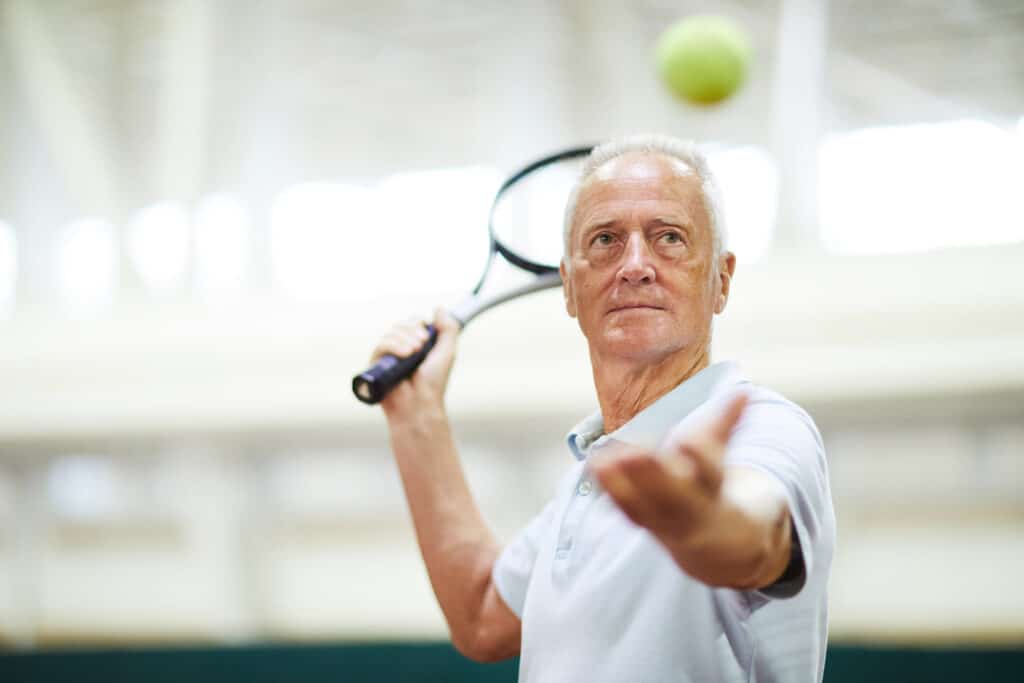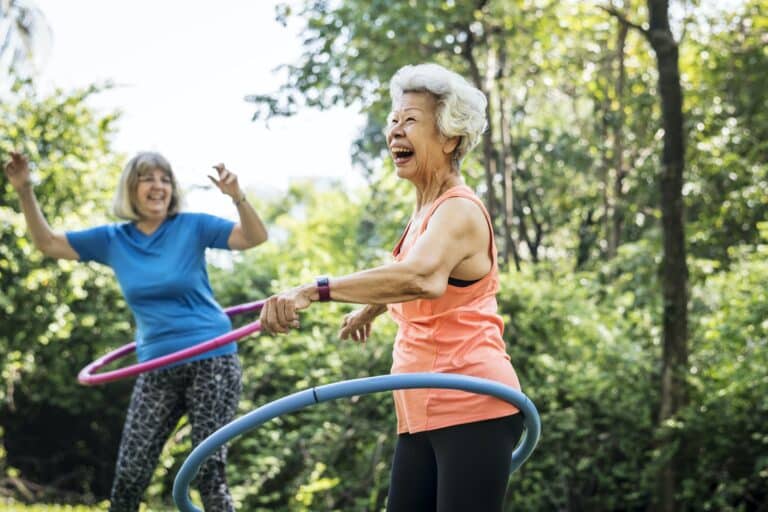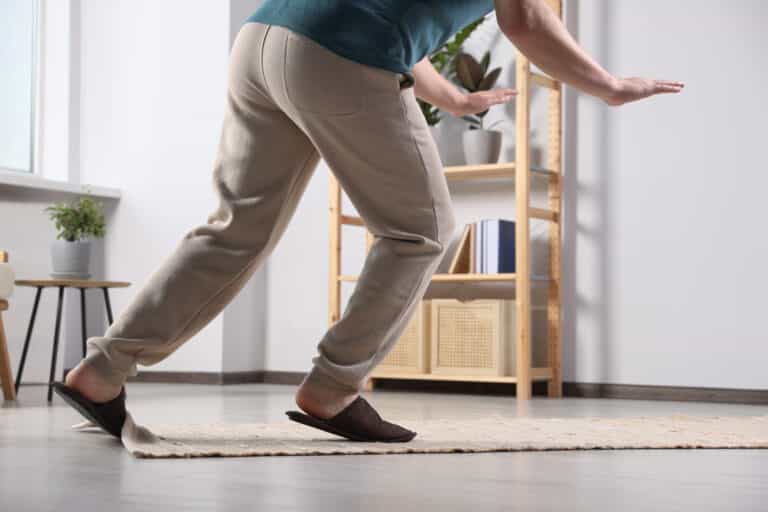Are you or a loved one facing the prospect of rotator cuff surgery? If so, you may have questions about the procedure and the rotator cuff surgery recovery process.
From managing post-operative pain and inflammation to reaping the benefits of a tailored physical therapy program, this article will guide you through what to expect after rotator cuff surgery.
As a seasoned physical therapist who has spent years assisting older adults on their road to recovery from shoulder surgeries, I’ve seen firsthand the challenges and triumphs this journey can bring. I’ve watched my patients work through pain, adapt to new limitations, and gradually regain their strength and independence.
I aim to provide insights from my professional experiences and the latest clinical research. So, whether you’re a patient, caregiver, or family member, this comprehensive guide is designed to equip you with the knowledge and confidence to navigate the road to recovery successfully.
How Long Does It Take to Recover from Rotator Cuff Surgery?

Recovery time after rotator cuff surgery is as unique as the person having the procedure. A myriad of factors can influence the timeline.
These are variable depending on your injury, like the specific surgical procedure being done, your age, your health history, and – crucially – your adherence to the recommendations given to you by your care team.1
The Road to Recovery: A General Timeline
Generally speaking, most patients recover from rotator cuff surgery within 3-6 months and return to normal activities. However, this timeline can easily double or change at any time.
Although every recovery is different, many protocols after surgery have similar guidelines. Here is a summarized version of what your recovery may look like.2
Immediate Post-Operative Phase: The First Four Weeks
In the immediate post-operative phase (0-4 weeks), you’ll likely wear a sling to protect your healing tissue and limit unwanted shoulder movements.
During this time, you may engage in gentle passive range of motion exercises, usually with the help of your physical therapist. This stage is often accompanied by pain, swelling, and stiffness. One or all of these side effects will likely prevent you from engaging in too many of your normal activities.
The Intermediate Phase: Weeks Four Through Eight
Moving into the intermediate phase, you’ll gradually reduce the use of your sling and start active assisted range of motion exercises, either with a therapist or a device such as shoulder pulleys.
Strengthening exercises for your shoulder, arm, and core muscles also become a part of your routine. While you might still experience some pain, stiffness, and weakness, you should notice a gradual improvement in how you feel. By this stage, you’ll probably feel more comfortable using your surgical arm to varying degrees during everyday activities.
The Advanced Phase: Weeks Eight to Sixteen
As you transition into the advanced phase, active range of motion and more demanding strengthening exercises take center stage. These exercises can include therapy bands, light weights, and very small amounts of your body weight.
You’ll also start working on functional activities like reaching, lifting, and carrying. With your therapist’s guidance, you can return to low-impact hobbies less likely to irritate your injured shoulder.
The Maintenance Phase: Sixteen Weeks and Beyond
Entering the maintenance phase, most of your healing and recovery will have taken place. However, you must continue exercising your shoulder to maintain the gains, prevent reinjury, and slowly regain the remaining 10% of your shoulder function needed for high-impact activities.
After some time and the approval of your physical therapist, you can return to most of your pre-injury activities, like throwing and heavy lifting, but always follow the advice of your care team to keep your injury risk low and keep your confidence high.
There’s No “One Size Fits All” Recovery
Remember, recovery timelines vary significantly between individuals. Sticking to the personalized plan provided by your surgeon and therapist is vital to achieving the best possible outcome long-term.
In my experience as a physical therapist, I’ve seen patients who bounced back remarkably fast while others took more time. Clinical studies back this up, showing a wide range of recovery times. While most patients will report significant improvement in shoulder function six months after surgery, many will continue to write progress up to two years afterward.
It’s important not to be discouraged if your recovery seems slow. While it’s natural to wish for a swift return to your regular activities, patient and persistent adherence to your rehabilitation program will yield the best long-term results. Remember, recovery after shoulder surgery is a marathon, not a sprint.
While the road to recovery may seem long, each step brings you closer to regaining your shoulder motion, strength, and independence in your everyday life.
What To Expect After Rotator Cuff Surgery
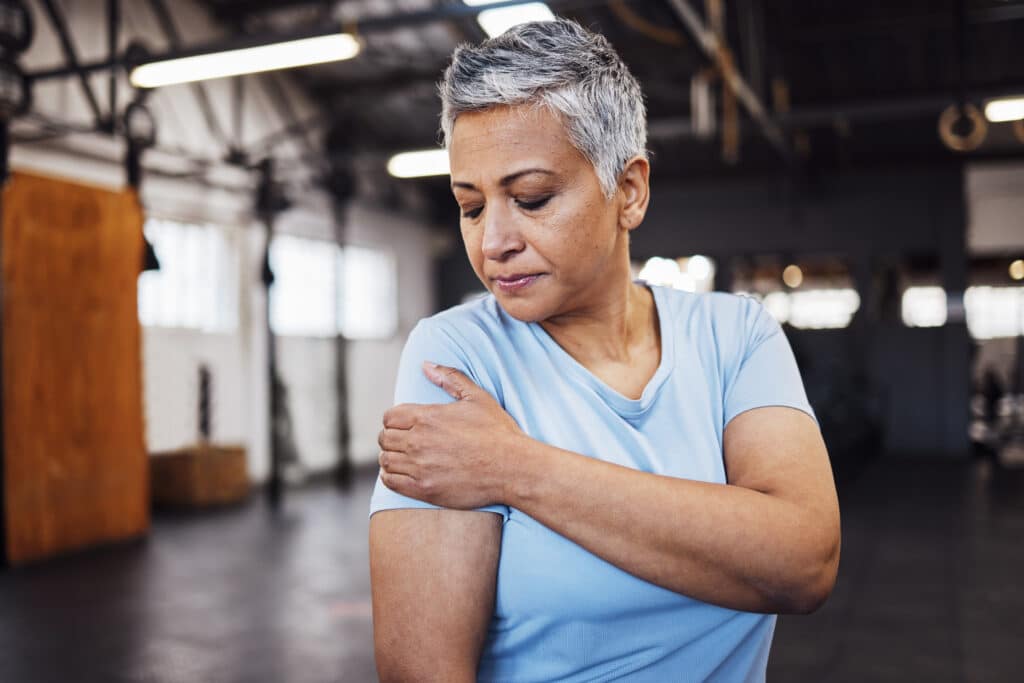
Rotator cuff surgery can be challenging, especially when staying motivated and consistent with your care plan. However, you can handle these obstacles more effectively and prevent complications with the right strategies.
Managing Pain and Inflammation
Medication prescribed by your healthcare provider can play an essential role in recovery. This is because pain can stop you from sleeping well and performing exercises your care team recommends. With the help of painkillers or anti-inflammatory medication, you can sleep more efficiently and exercise more regularly.
Ice therapy can also be beneficial. For example, ice can be used for 10-20 minutes (or until the area is numb), up to once per hour during your day.
Keeping Infection at Bay and Wound Care
Infection can derail any wound-related surgical intervention. For this reason, keeping your wound clean is essential to prevent infections after surgery.
Changing your dressing and keeping the area dry can help speed up healing. This also means covering the area while bathing until your doctor clears you.
Sleeping Comfortably and Safely After Surgery
Sleeping can be challenging after rotator cuff surgery, especially initially. Using a sling and strategically positioning pillows can provide support and comfort. This also means sleeping in a recliner or propped up by the head of your bed for optimal comfort.
Usually, using your shoulder sling while sleeping immediately after surgery is recommended. During your first few weeks after surgery, check in with your surgeon and physical therapist to agree on the best schedule to wean out of your sling at night.
Navigating Daily Activities with One Arm
Adapting to daily routines with one arm can be daunting at first. For most people, dressing, bathing, and grooming require some modifications. For instance, devices like button hooks, long-handled bath sponges, or zipper pulls can make your daily life easier.
For many older adults, wearing short-sleeved button-up shirts can make dressing more manageable and help relieve pressure over your shoulder after surgery. Remember, it’s not a race; take your time and focus on the little things that can make your recovery more comfortable.
Modifying Work Duties
Returning to work after surgery requires some adjustments, and it’s crucial to avoid stressing your shoulder too much, too soon. Before your surgery, discuss your plan with your employer and explore options to accommodate your recovery.
In many cases, you can set up a return-to-work plan that starts with lighter-duty work or a shorter work schedule with more breaks and gradually works back up to your regular work duties. If needed, your surgeon or physical therapist can write you an official letter from your employer.
Addressing Emotional and Mental Well-being
Rotator cuff surgery can take a toll on your mental health, leading to feelings of depression, anxiety, or frustration. While some of these feelings are normal in small amounts, they can gradually lead to problems in your mood and feelings of well-being. When this happens, support from family, friends, and mental health professionals, with the help of your doctor, can make a big difference.
Your self-care routines can also play a big part in your recovery. Regular exercise, meditation, and time spent with your social support systems can also substantially affect how you feel daily.
When working with my patients after surgery, I recommend continuing as many everyday routines and activities as possible. This helps you cope after surgery and keeps your activity level as high as possible.
How to Improve Your Rotator Cuff Surgery Recovery with Physical Therapy
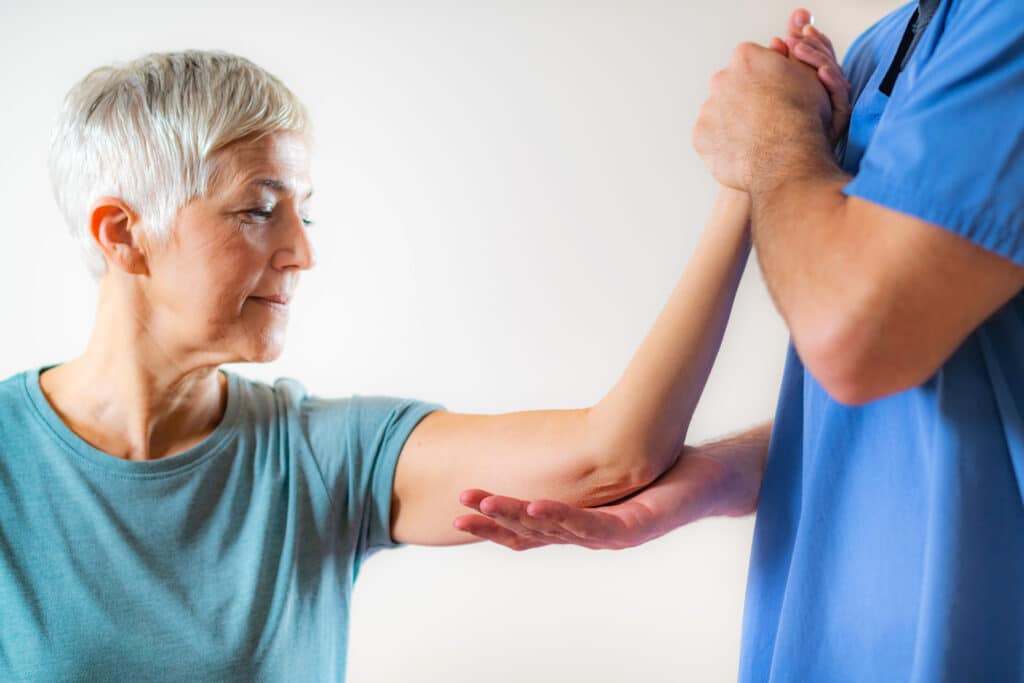
Physical therapy plays a crucial role in improving recovery after rotator cuff surgery. It provides numerous benefits, such as pain reduction, improved range of motion, and restoration of shoulder function.
But what does a typical physical therapy program look like, and what can you expect from it?
Understanding Your Therapy Program
Firstly, your physical therapist is a rehabilitation expert who will evaluate your shoulder function and discuss your recovery goals. This assessment forms the foundation of your personalized therapy plan.
A significant part of your recovery program is education. You’ll be instructed on the dos and don’ts of shoulder care after surgery, introducing movement, and returning to your everyday life. This knowledge is vital for preventing reinjury and promoting optimal healing.
Your therapy sessions will also incorporate manual therapy, mobilization, and specific exercises as needed to help with your recovery. These techniques aim to improve blood flow, reduce pain, and gradually increase your range of motion with as little pain as possible.
Over time, your exercise program will gradually increase intensity to restore muscle balance, stability, and power. These exercises may include stretching, strengthening, and functional training that your physical therapist picks out according to your needs.
Beyond the Therapy Room
Therapy isn’t restricted to your sessions alone. Most of your recovery actually takes place at home.
To help with this, you’ll receive a home exercise program and self-care strategies designed to help you see more progress during your recovery. While everyone’s home treatment program might vary slightly, following the program is crucial to a fast recovery.
If you are unsure about anything in your treatment plan, especially if your home exercises seem to be worsening your pain over time. While some exercises may cause temporary discomfort or soreness, continuously worsening pain indicates something is wrong.
Getting the Most Out of Physical Therapy
Being consistent and committed to your therapy sessions and home program is essential. Remember to consider the value of communication. Keep your therapist informed about your pain, progress, and problems.
Have doubts or concerns? Don’t hesitate to ask questions. After all, understanding your recovery journey is critical to a successful outcome, and your therapist will be happy to help.
Finally, remember to celebrate your small wins. Acknowledging achievements, no matter how small, can boost your motivation and make the recovery process a more positive experience.
In my experience treating patients, those who actively engage in their recovery often see the best results. So, roll up your sleeves, communicate openly, and remember that every small step forward is progress.
Key Takeaways
- Rotator Cuff Surgery Recovery typically spans 3-6 months and is influenced by individual health and injury specifics.
- Initial stages involve wearing a sling and engaging in passive motion exercises while managing pain and swelling.
- Rehabilitation progresses through phases, incorporating more active and strengthening exercises into routines.
- Physical therapy is essential, focusing on pain reduction, mobility improvement, and personalized exercises.
- Pain management, wound care, and daily activity adaptations are crucial for effective recovery.
- Emotional support and maintaining routines aid mental well-being and recovery.
- Modifications to work and lifestyle are often necessary, requiring planning and communication.
- Active participation and consistent communication with care teams are vital for a successful recovery.
- Recovery is individualized; patience and adherence to prescribed regimens yield the best outcomes.
- Continued exercise and shoulder care are important for long-term health and preventing reinjury.
References
- Manaka T, Ito Y, Matsumoto I, Takaoka K, Nakamura H. Functional recovery period after arthroscopic rotator cuff repair: is it predictable before surgery? Clin Orthop Relat Res. 2011 Jun;469(6):1660-6. doi: 10.1007/s11999-010-1689-6. Epub 2010 Nov 24. PMID: 21107925; PMCID: PMC3094637.
- Sgroi TA, Cilenti M. Rotator cuff repair: post-operative rehabilitation concepts. Curr Rev Musculoskelet Med. 2018 Mar;11(1):86-91. doi: 10.1007/s12178-018-9462-7. PMID: 29399735; PMCID: PMC5825343.
- Kim HJ, Kim JY, Rhee YG. When Do Patients Return to Previous Daily Activity After Arthroscopic Rotator Cuff Repair? Clin Orthop Relat Res. 2019 Feb;477(2):403-413. doi: 10.1097/CORR.0000000000000554. PMID: 30664044; PMCID: PMC6370080.

